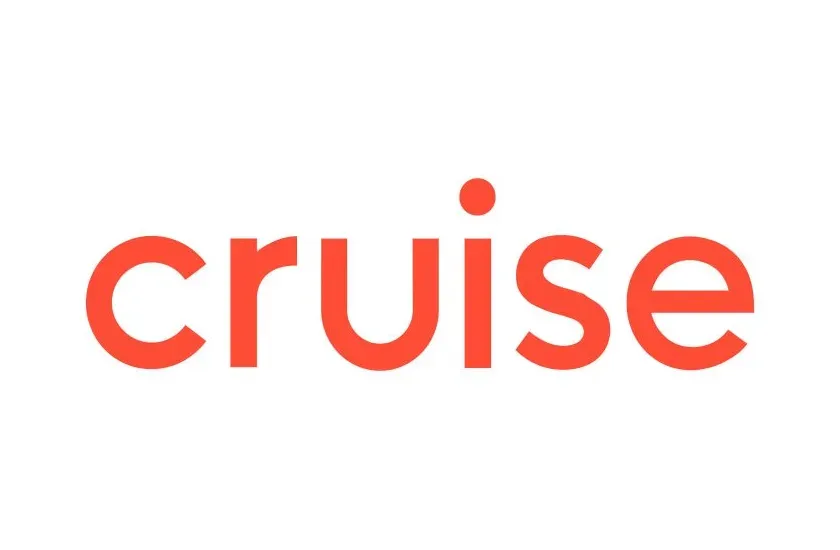Cruise

Pricing Details
Information on the exact pricing for Cruise robotaxi services is not publicly detailed, but the pricing model is similar to standard ride-hailing services. The cost of a trip is typically determined based on a combination of a base fare, the distance traveled, and the time spent during the trip. Factors such as the time of day (peak hours may have higher rates), demand in the specific service area, and any applicable fees or taxes can influence the price. Availability and cost are also subject to the current operational status of the service in a particular city. During periods of operational pause or limitation, public pricing is obviously not applicable. In the future, should services resume or expand, the pricing structure is expected to be competitive with other mobility options in Cruise's service areas. Up-to-date pricing information is typically available through the service's mobile app when planning a specific trip within an operational zone. The lack of detailed, fixed tariffs publicly available makes it challenging to provide a detailed description of pricing of 1000-1500 characters.Features
- Autonomous driving system with 360-degree sensor suite (Lidar, Radar, Cameras).- AI-powered perception, prediction, and planning.
- Custom-built autonomous vehicle (Cruise Origin).
- Fleet of modified electric vehicles (Chevy Bolt AV).
- Robotaxi ride-hailing service (currently paused/limited).
- Integration with GM manufacturing and technology.
- Focus on urban autonomous mobility.
Integrations
General Motors (manufacturing, technology, Super Cruise integration), Hardware and software integration within the autonomous driving system.Preview
Cruise, a subsidiary of General Motors, is a key player in the autonomous vehicle industry, focused on developing and providing robotaxi services. The company was founded in 2013 and was later acquired by GM, which provided close collaboration and access to the manufacturing capabilities and engineering expertise of a major automaker. Cruise's autonomous driving technology is based on a combination of advanced sensors, including lidar, radar, and cameras, as well as a powerful artificial intelligence system that processes sensor data, perceives the environment, predicts the actions of other road users, and safely operates the vehicle.
Cruise's fleet includes modified Chevrolet Bolt EV electric vehicles equipped with the Cruise Driver sensor suite and computing platform. The company has also developed its own purpose-built autonomous electric vehicle, the Cruise Origin, designed for ride-hailing, with a unique-looking, no-steering-wheel design that maximizes passenger space. Until recently, Cruise was actively providing robotaxi services in San Francisco, Phoenix, and other US cities, accumulating millions of autonomous miles. However, in late 2023, following a significant incident in San Francisco, the company paused all its public operations nationwide for investigations and reassessment of safety protocols.
This incident and the subsequent pause have had a significant impact on Cruise's operations and public perception of the technology. Currently, Cruise is refocusing on integrating its autonomous driving developments into GM's consumer vehicles, specifically the Super Cruise driver assistance system, as well as addressing safety concerns and rebuilding trust with regulators and the public. Despite the current challenges, Cruise continues to play an important role in the advancement of autonomous technologies, striving to create a safer and more efficient future of transportation, although the path to widespread deployment of robotaxi services has proven more complex than previously anticipated.